3,439 Miles 351/285HP 4BBL Cleveland V8 Manual2 Dr Fastback
- Condition: Used
- Make: Ford
- Model: Mustang 351/285HP V8 Cleveland Sportsroof Fastback
- SubModel: Sportsroof Fastback
- Type: 2 Dr Fastback
- Trim: Sportsroof Fastback
- Year: 1971
- Mileage: 3439
- VIN: 1F02M195946
- Color: Blue
- Engine size: 351/285HP 4BBL Cleveland V8
- Power options: --
- Fuel: Gasoline
- Transmission: Manual
- Drive type: --
- Interior color: Black
- Options: --
- Vehicle Title: Clear
- Location: Torrance, California, United States
Description
West Coast Classics are proud to present a rare and mostly all original surviving example of this original southern California 1971 Ford Mustang SportsRoof (Fastback) with it's original and highly desirable high performance 'M' code 351/285HP V8 'Cleveland' 4 barrel engine matched to it's original 'Hurst unit' 4 speed manual shifter and boasting rare factory options including power windows, power front disc brakes, power steering with and which was born and still boasts its original 'Grabber Blue' factory color paint with all original 'Black All Vinyl Standard' Interior, 3.25:1 Axle Locking Differential, original AM 'Philco' Radio, and optional Magnum 500 chrome wheels!This very striking example with its original 'Grabber Blue' factory color paint shows only minimal wear for its age in the form of some very minor chips etc (see photos below) and the original 'Black All Vinyl' standard interior is in very good condition with no real flaws whatsoever and the car has no history of any accidents or rust and has been a dry climate and obviously always garaged southern California owned car since new.
The original matching and highly desirable high performance 351 4V V8 'Cleveland' "M" code engine boasts some 285HP and is next in line only to 'Cleveland's own top-of-the-line legendary high performance 'Boss 351' "Q" code 330HP V8 engine. This particular car also boasts the optional 4 speed manual transmission which when matched to it's high performance "M" code engine makes this one of Dearborn's last in the line of America's true affordable driver's muscle cars!
The 351 Cleveland lasted longer than some, giving the 1970-73 Mustang a robust gallop while becoming a semi-legend among Ford buffs. It also became a formidable force in Pro Stock drag racing. The Mustang first offered a 351-cubic-inch small-block V-8 in 1969. Known as the 351 Windsor for Ford's Windsor, Ontario, engine plant it was more than a longer-stroke version of the 302, using a different block and firing order. Offered in two- and four-barrel carburetor versions, the Windsor was a solid performer. However, it was a placeholder in the Mustang while Ford meanwhile finished prepping a more performance-oriented engine family, known by the internal code 335. This would become the '351 Cleveland', named for where it was produced: Ford Engine Plant Number 2 in Cleveland.
Aside from shared bore and stroke dimensions as well as displacement, the 351C was completely different from the 351W. Its block was lower and wider, and the engine was a bit heavier overall. The 351C replaced the 351W in the Mustang (and Mercury Cougar) for 1970, although some 70 models received the Windsor two-barrel, according to Kevin Marti, who uses licensed Ford build data to create the Marti Reports. The big story for the Cleveland was breathing. The cylinder heads were essentially plucked from the Boss 302, with minor changes. Ports and valves were larger than on the Windsor, and the valves were canted, that is, tilted in two planes, similar to the Chevy 396/427/454 big-block V-8. The 351C two-barrel used 2.04-inch intake and 1.65-inch exhaust valves; the four-barrel version had 2.19/1.71-inch valves (except the 73, which used the smaller valves). For comparison, high-performance Chevy small block V-8s, including the 1970-72 Camaro Z/28s LT-1, used 2.02/1.60-inch valves.
Ford kept the changes coming year to year, offering five different versions of the 351C in the 1970-73 Mustang. The 1970 Mustang offered two versions of the 351C, the H-code with two-barrel carburetor, and the M-code four-barrel, which also had higher compression cylinder heads (10.7:1 vs. 9.5:1), using closed or quench-type combustion chambers vs. open-type for the two-barrel. The two-barrel received the same 250-horsepower rating as the 1969 351W two-barrel, which also was tagged H-code. Using a mild hydraulic cam and a relatively small 600-cubic-feet-per-minute (cfm) carburetor, the M-code was rated at 300 hp. In the Mach 1, it was a $48 upgrade over the H-code that came standard. The 351C H-code and M-code engines carried over to the larger, redesigned 1971 Mustang, although the M-codes horsepower was now listed as 285, with slightly lower compression. Two more versions joined the line.
The one-year-only Boss 351 was the ultimate factory-built Cleveland, tagged R-code and also identified as 351 H.O. The new Boss capitalized on the Cleveland's inherent high-rpm breathing capability with 11.7:1 compression and performance goodies that included four-bolt main bearing caps, forged pistons, shot-peened connecting rods, high-lift mechanical-lifter cam, adjustable rocker arms, and aluminum intake manifold with 750-cfm spread-bore four-barrel carburetor, ram air induction, and dual-point ignition. Rated at 330 hp, the Boss 351 could run the quarter-mile in the low-14-second range at about 100 mph, on par with the Mustangs optional big-block 429 Cobra Jet. Ford made only 1,806 Boss 351s.
In spring 1971, Ford replaced the M-code with the hotter Q-code, calling it the 351 Cobra Jet. Switching to open-chamber cylinder heads lowered compression to 9:1 and also reduced emissions. The Q used a higher-lift hydraulic cam, along with the Boss 351s four-bolt main bearing caps, 750-cfm carburetor and, on cars with the four-speed manual, a dual-point distributor. Advertised horsepower was 280. Just 144 Mustangs got the late-arriving Q-code for 1971, according to Mustang by the Numbers by Marti. Aside from the Boss 351 engine, which was exclusive to that model, all other variants of the 351C four-barrel were available in any Mustang, with Ram Air as an option.
This particular 'M' code 351/285HP 4BBL V8 Cleveland example must be seen and driven to be fully appreciated - a very striking car in this beautiful 'Grabber Blue' original factory color which turns
More Ford classic cars for sale
 0 Miles 427 2 x 4BBL V8 Manual2 Dr Sedan
0 Miles 427 2 x 4BBL V8 Manual2 Dr Sedan
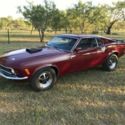 1970 Ford Mustang Fastback 351 Cleveland V8 75730 Miles Burgundy Fastback 351 Cl
1970 Ford Mustang Fastback 351 Cleveland V8 75730 Miles Burgundy Fastback 351 Cl
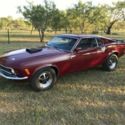 1970 Ford Mustang Fastback 351 Cleveland V8 75730 Miles Burgandy Fastback 351 Cl
1970 Ford Mustang Fastback 351 Cleveland V8 75730 Miles Burgandy Fastback 351 Cl
 1971 Ford Mustang Convertible V8 351 Cleveland 4bbl
1971 Ford Mustang Convertible V8 351 Cleveland 4bbl
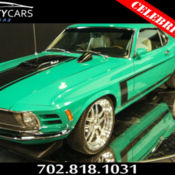 Fastback 351 Cleveland 1970 ford mustang fastback for sale used car classic car
Fastback 351 Cleveland 1970 ford mustang fastback for sale used car classic car
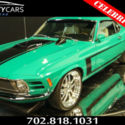 1970 ford mustang fastback Fastback 351 Cleveland Fully restored Grabber Green
1970 ford mustang fastback Fastback 351 Cleveland Fully restored Grabber Green
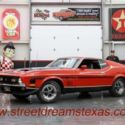 1971 Ford Mustang Mach 1 86k Miles Red Fastback 351 Cleveland V8 C6 ac Marti rpt
1971 Ford Mustang Mach 1 86k Miles Red Fastback 351 Cleveland V8 C6 ac Marti rpt
 1971 Ford Mustang Convertible V8 351 Cleveland 4bbl- Excellent Driver!
1971 Ford Mustang Convertible V8 351 Cleveland 4bbl- Excellent Driver!
 1970 Ford Mustang Fastback 351 Cleveland 2393 Miles Grabber Green Coupe 351 CLEV
1970 Ford Mustang Fastback 351 Cleveland 2393 Miles Grabber Green Coupe 351 CLEV
 0 Miles 427 2 x 4BBL V8 Manual2 Dr Sedan
0 Miles 427 2 x 4BBL V8 Manual2 Dr Sedan
Year: 1963
 1970 Ford Mustang Fastback 351 Cleveland V8 75730 Miles Burgundy Fastback 351 Cl
1970 Ford Mustang Fastback 351 Cleveland V8 75730 Miles Burgundy Fastback 351 Cl
Year: 1970
Mileage: 75730
Mileage: 75730
 1970 Ford Mustang Fastback 351 Cleveland V8 75730 Miles Burgandy Fastback 351 Cl
1970 Ford Mustang Fastback 351 Cleveland V8 75730 Miles Burgandy Fastback 351 Cl
Year: 1970
Mileage: 75730
Mileage: 75730
 1971 Ford Mustang Convertible V8 351 Cleveland 4bbl
1971 Ford Mustang Convertible V8 351 Cleveland 4bbl
Year: 1971
Mileage: 99091
Mileage: 99091
 Fastback 351 Cleveland 1970 ford mustang fastback for sale used car classic car
Fastback 351 Cleveland 1970 ford mustang fastback for sale used car classic car
Year: 1970
Mileage: 2,393
Mileage: 2,393
 1970 ford mustang fastback Fastback 351 Cleveland Fully restored Grabber Green
1970 ford mustang fastback Fastback 351 Cleveland Fully restored Grabber Green
Year: 1970
Mileage: 2,393
Mileage: 2,393
 1971 Ford Mustang Mach 1 86k Miles Red Fastback 351 Cleveland V8 C6 ac Marti rpt
1971 Ford Mustang Mach 1 86k Miles Red Fastback 351 Cleveland V8 C6 ac Marti rpt
Year: 1971
Mileage: 86,455
Mileage: 86,455
 1971 Ford Mustang Convertible V8 351 Cleveland 4bbl- Excellent Driver!
1971 Ford Mustang Convertible V8 351 Cleveland 4bbl- Excellent Driver!
Year: 1971
Mileage: 99500
Mileage: 99500
 1970 Ford Mustang Fastback 351 Cleveland 2393 Miles Grabber Green Coupe 351 CLEV
1970 Ford Mustang Fastback 351 Cleveland 2393 Miles Grabber Green Coupe 351 CLEV
Year: 1970
Mileage: 2,393
Mileage: 2,393
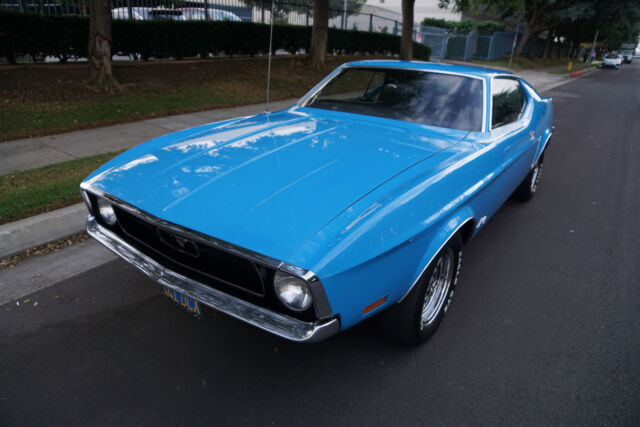
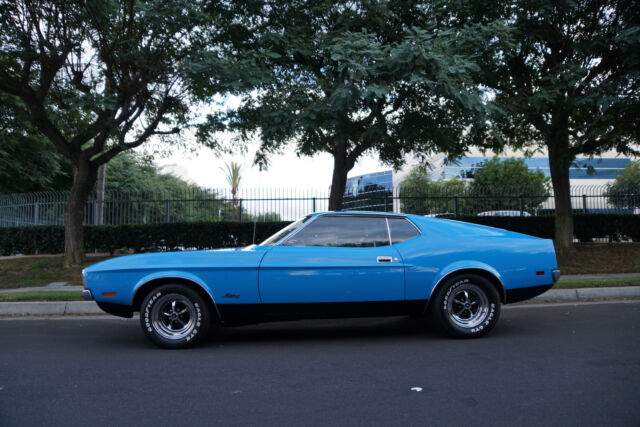
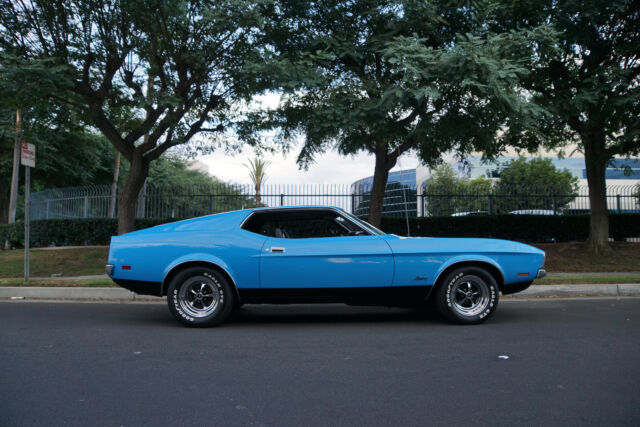
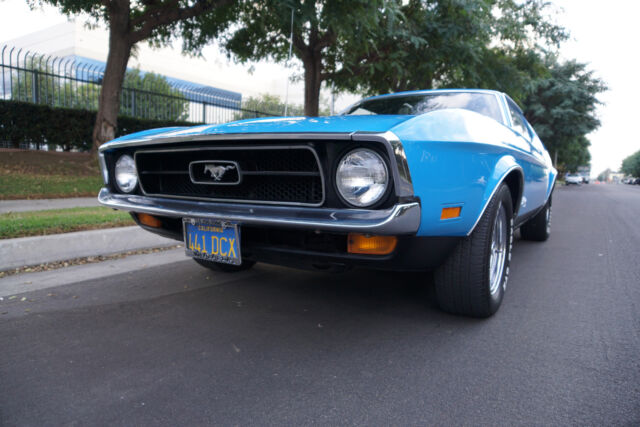
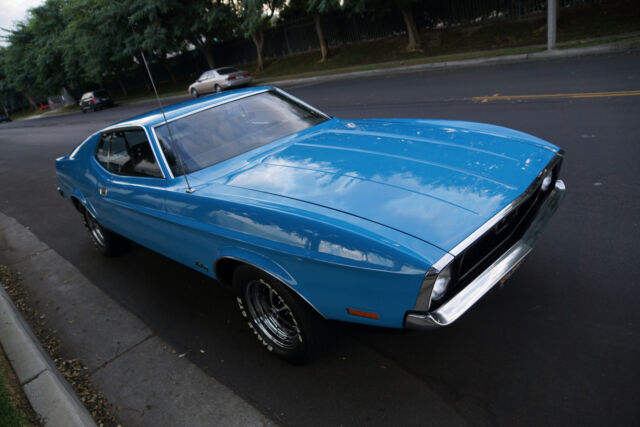
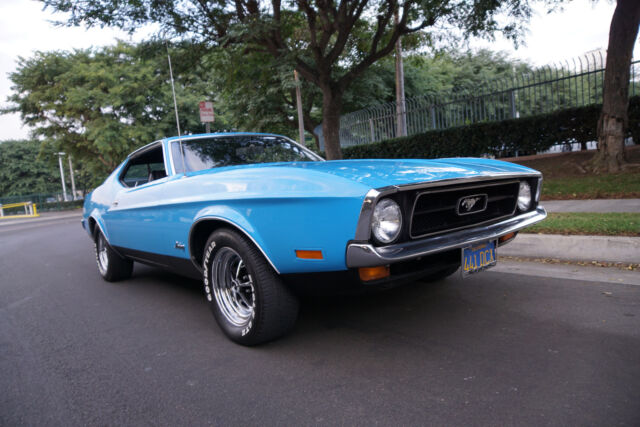
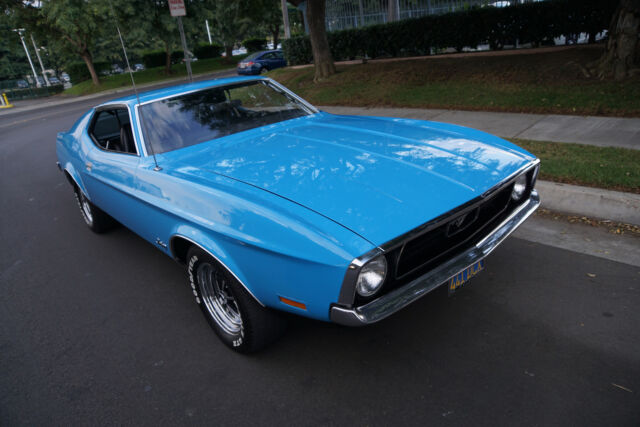

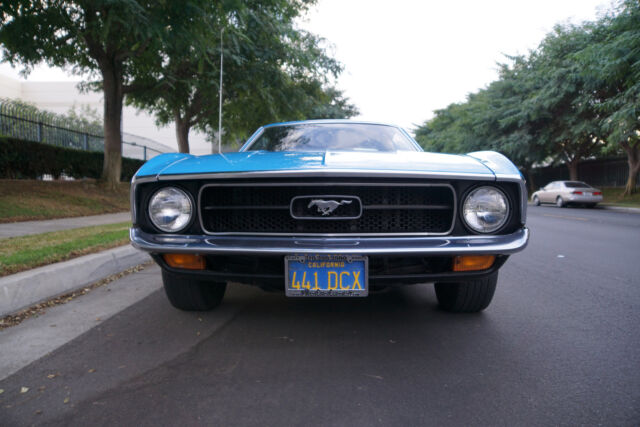
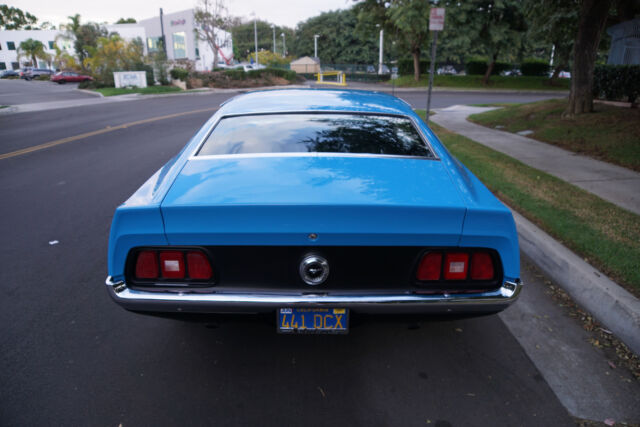
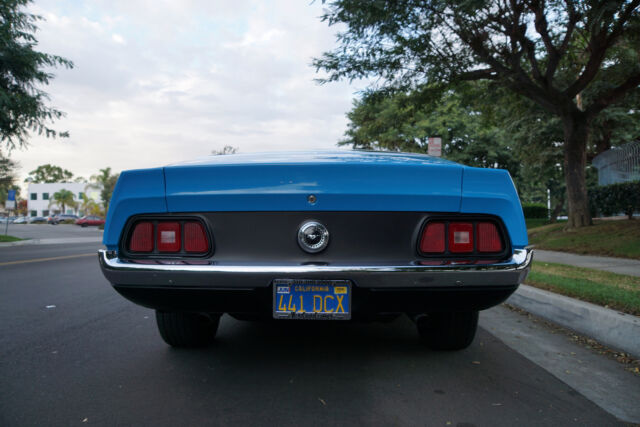
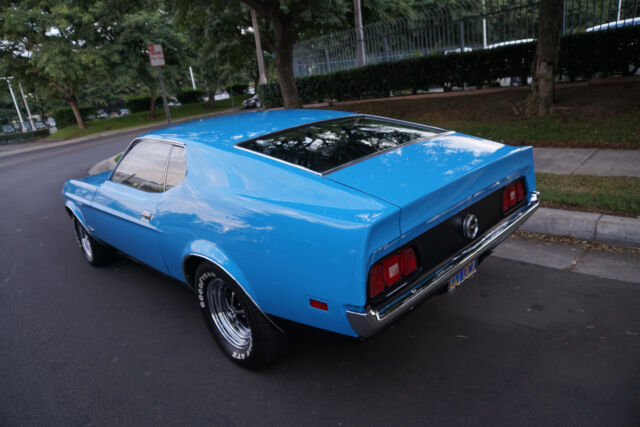
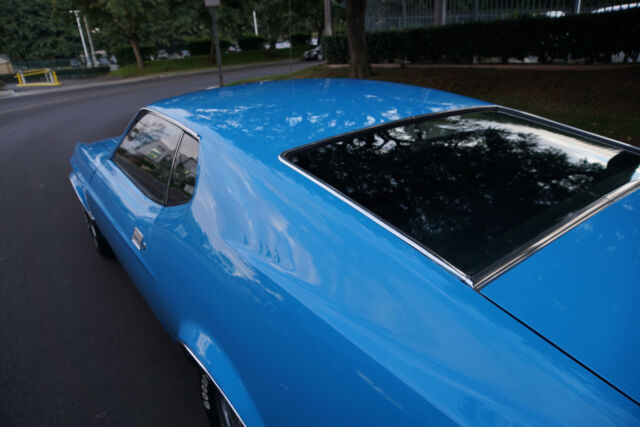
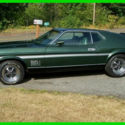 1971 Ford Mustang Mach 1 Fastback 351 Cleveland 80,000 Miles 4-Spd Manual Hurst
1971 Ford Mustang Mach 1 Fastback 351 Cleveland 80,000 Miles 4-Spd Manual Hurst